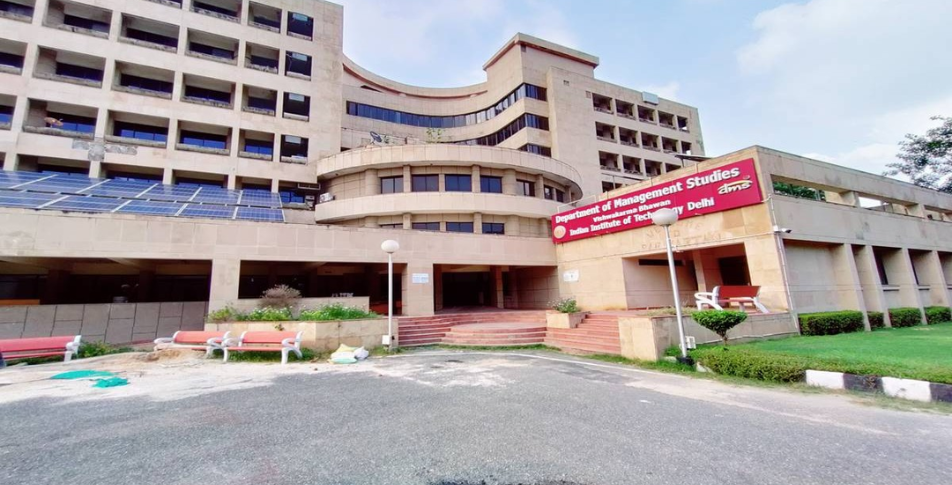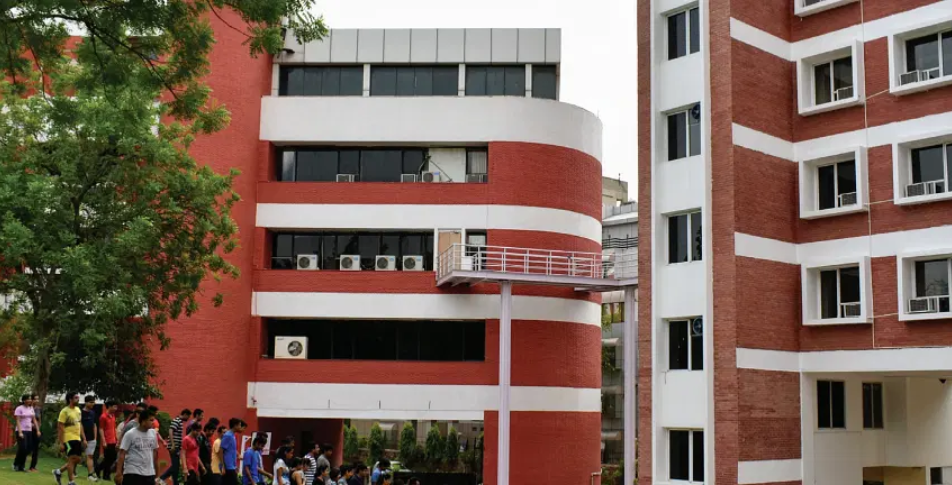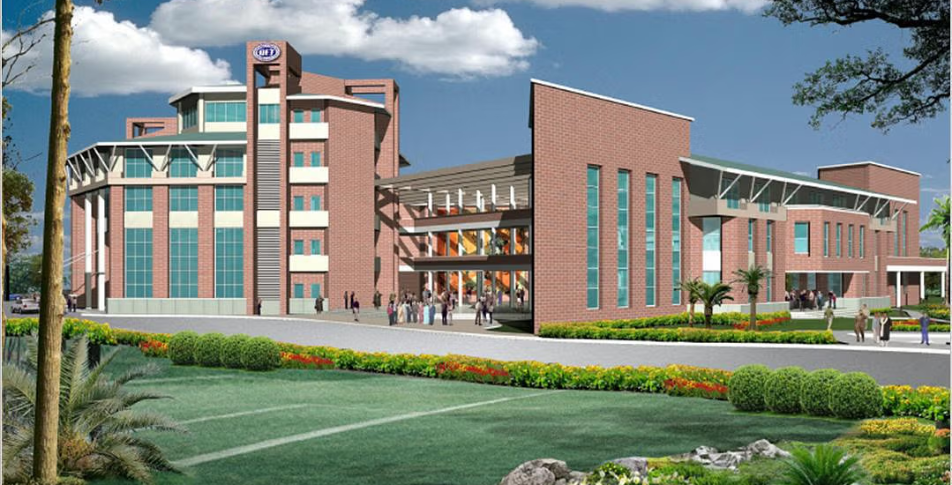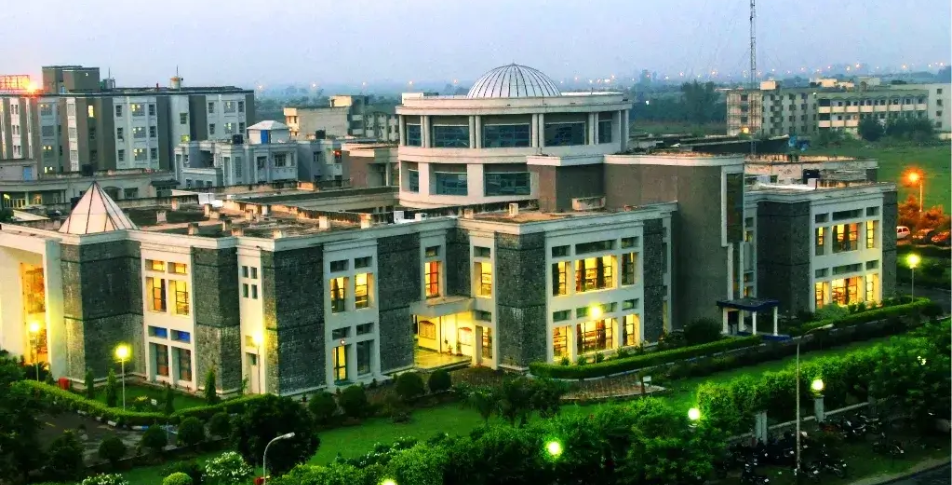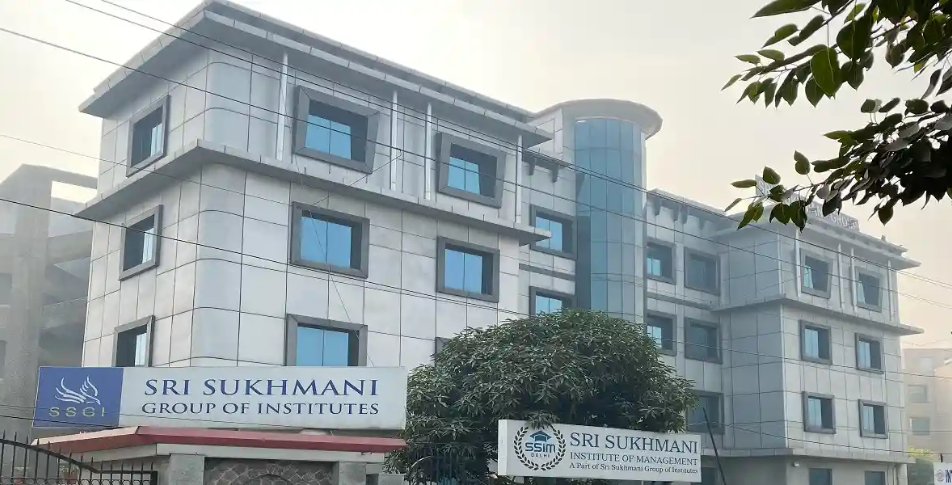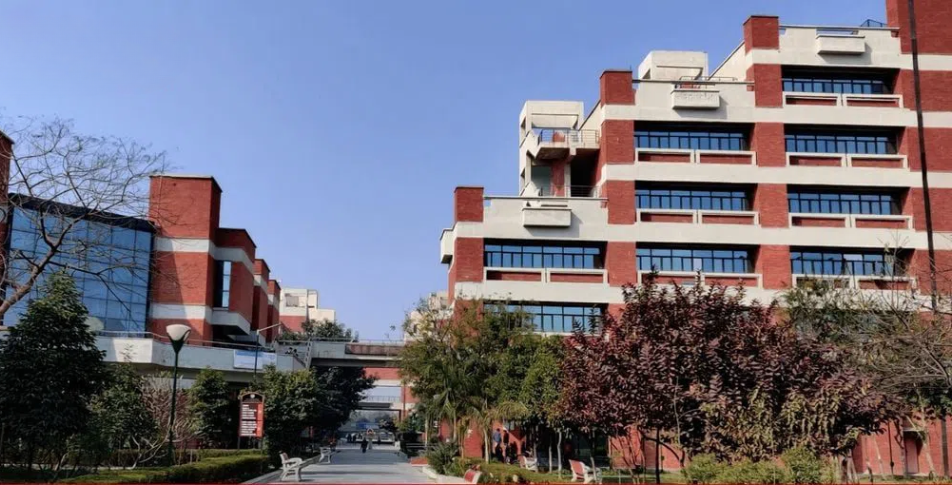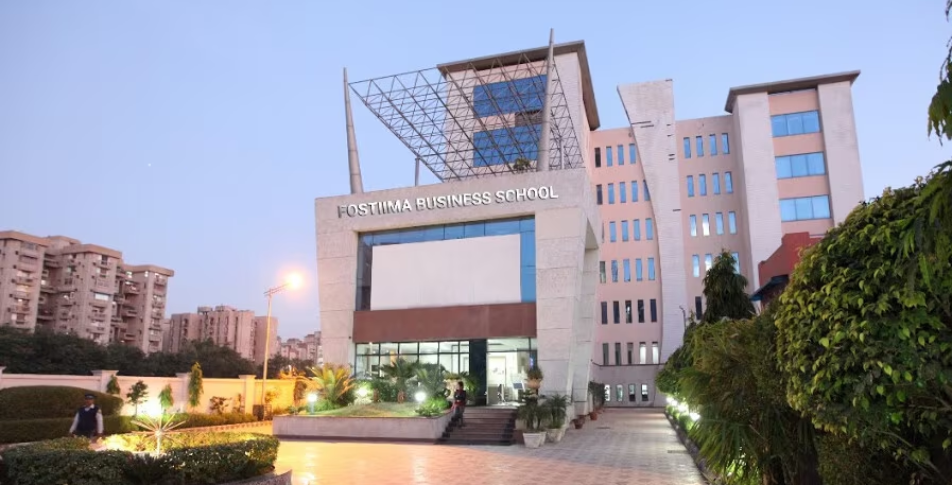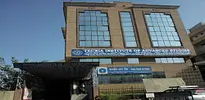-
B.Tech
Campus Rockstar Common Application Process Scholarship Test Education loan College Predictor Re-Admission
Featured B.Tech Colleges in India
 Bennett University, Greater Noida
Bennett University, Greater NoidaGreater Noida , Uttar Pradesh
-
MBA
Campus Rockstar Common Application Process Scholarship Test Education loan College Predictor Re-Admission
Featured MBA Colleges in India
-
MBBS
Campus Rockstar Common Application Process Scholarship Test Education loan College Predictor Re-Admission
Featured MBBS Colleges in India
-
Design
Campus Rockstar Common Application Process Scholarship Test Education loan College Predictor Re-Admission
Featured Design Colleges in India
 Amity University, Noida
Amity University, NoidaNoida , Uttar Pradesh
 International Institute of Business Studies (IIBS), Bangalore
International Institute of Business Studies (IIBS), BangaloreBengaluru , Karnataka
Amity University Noida, (Delhi NCR)Delhi-NCR , Delhi
-
law
Campus Rockstar Common Application Process Scholarship Test Education loan College Predictor Re-Admission
Featured law Colleges in India
 Bennett University, Greater Noida
Bennett University, Greater NoidaGreater Noida , Uttar Pradesh
- All Courses


_2075.png)

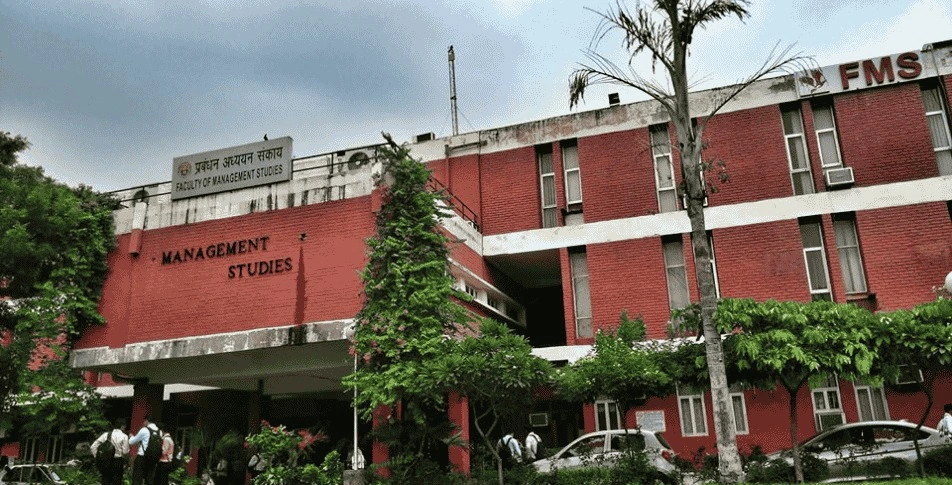

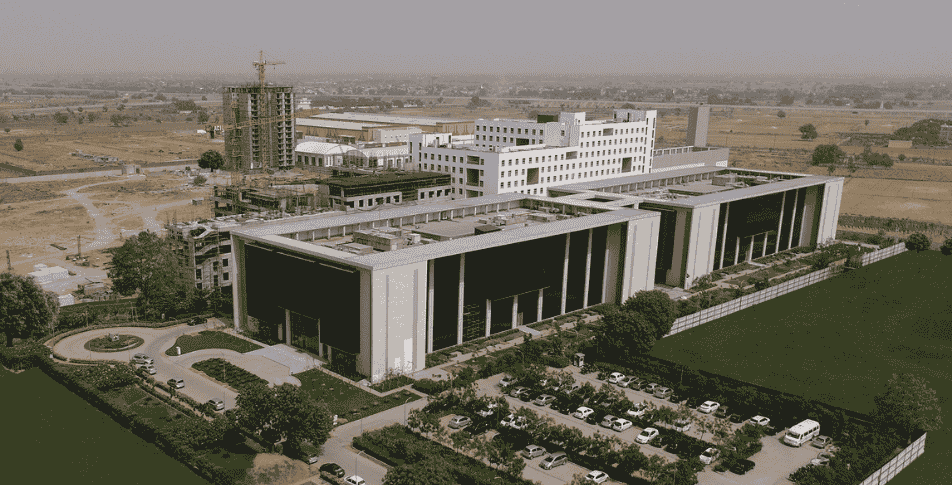

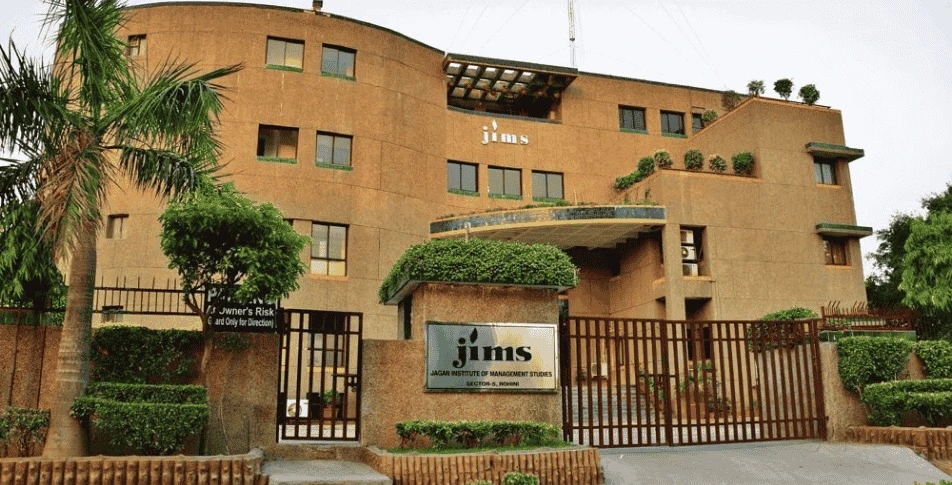

_.png)
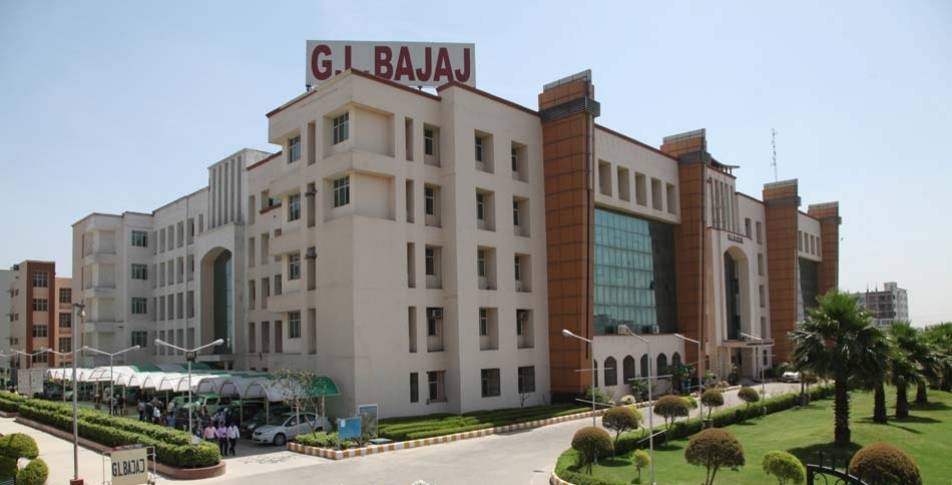
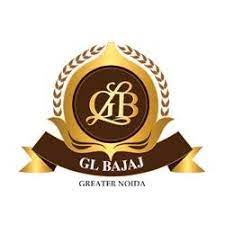
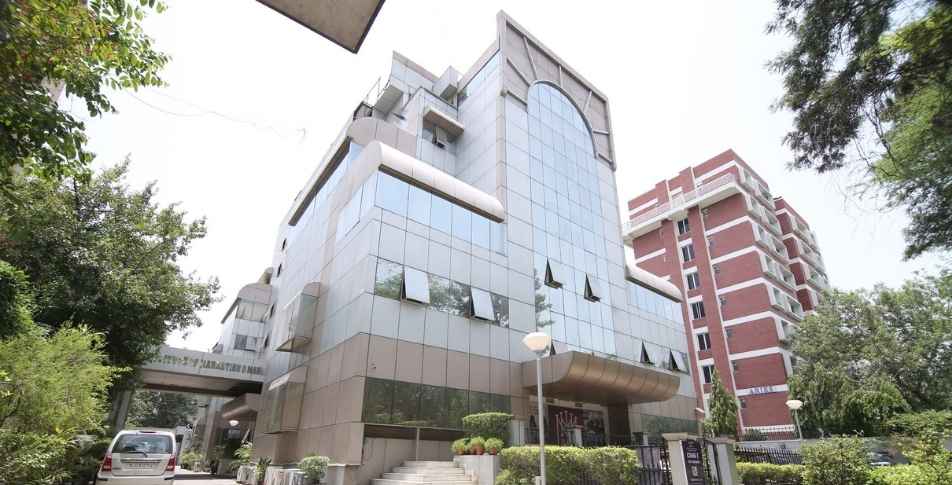
_.webp)





